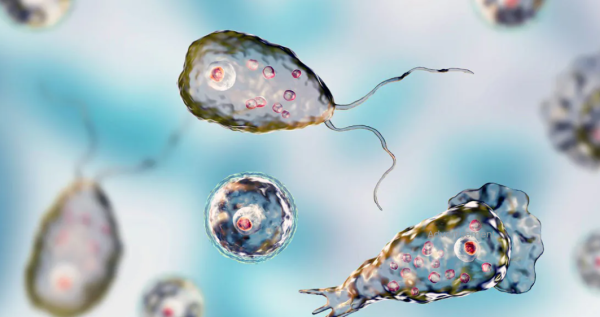
Naegleria fowleri, commonly called the ‘brain-eating amoeba,’ has taken another life in Karachi, marking the fifth fatality in the area.
Salman Ahmed, a 21-year-old resident of DHA, was hospitalized on June 18th following the onset of a fever. Despite receiving ventilator assistance, his condition steadily deteriorated, leading to his unfortunate demise on July 6th.
Upon investigating Ahmed’s case, it was discovered that he had bathed in the swimming pool of a private academy located in DHA. Analysis of the collected samples from the pool indicated low chlorine levels, which triggered the need for additional scrutiny.
Health experts have criticized the Karachi Water and Sewerage Board regarding insufficient chlorine levels in the city’s water supply. Citizens should clean their underground tanks and utilize chlorine tablets to disinfect their water and maintain its safety.
What is Naegleria Fowleri?
Naegleria fowleri is an amoeba, specifically a free-living amoeba found in warm freshwater environments such as lakes, hot springs, and poorly maintained swimming pools.
It is commonly referred to as the “brain-eating amoeba” due to its ability to cause a rare but severe infection called primary amoebic meningoencephalitis (PAM).
When Naegleria fowleri enters the human body through the nose, typically while swimming or diving, it can migrate to the brain and cause inflammation and destruction of brain tissue.
This infection is extremely rare but has a high fatality rate. Initial symptoms of PAM include headache, fever, nausea, and vomiting, which can progress rapidly to severe neurological symptoms such as seizures, hallucinations, and coma.
How to Keep Safe from the Brain-Eating Amoeba?
To minimize the risk of Naegleria fowleri infection, avoiding activities in warm freshwater bodies where the amoeba is present is recommended.
When participating in water sports, use nose clips or keep the nose shut to prevent entry. Proper maintenance and disinfection of swimming pools are also essential precautions to take.


